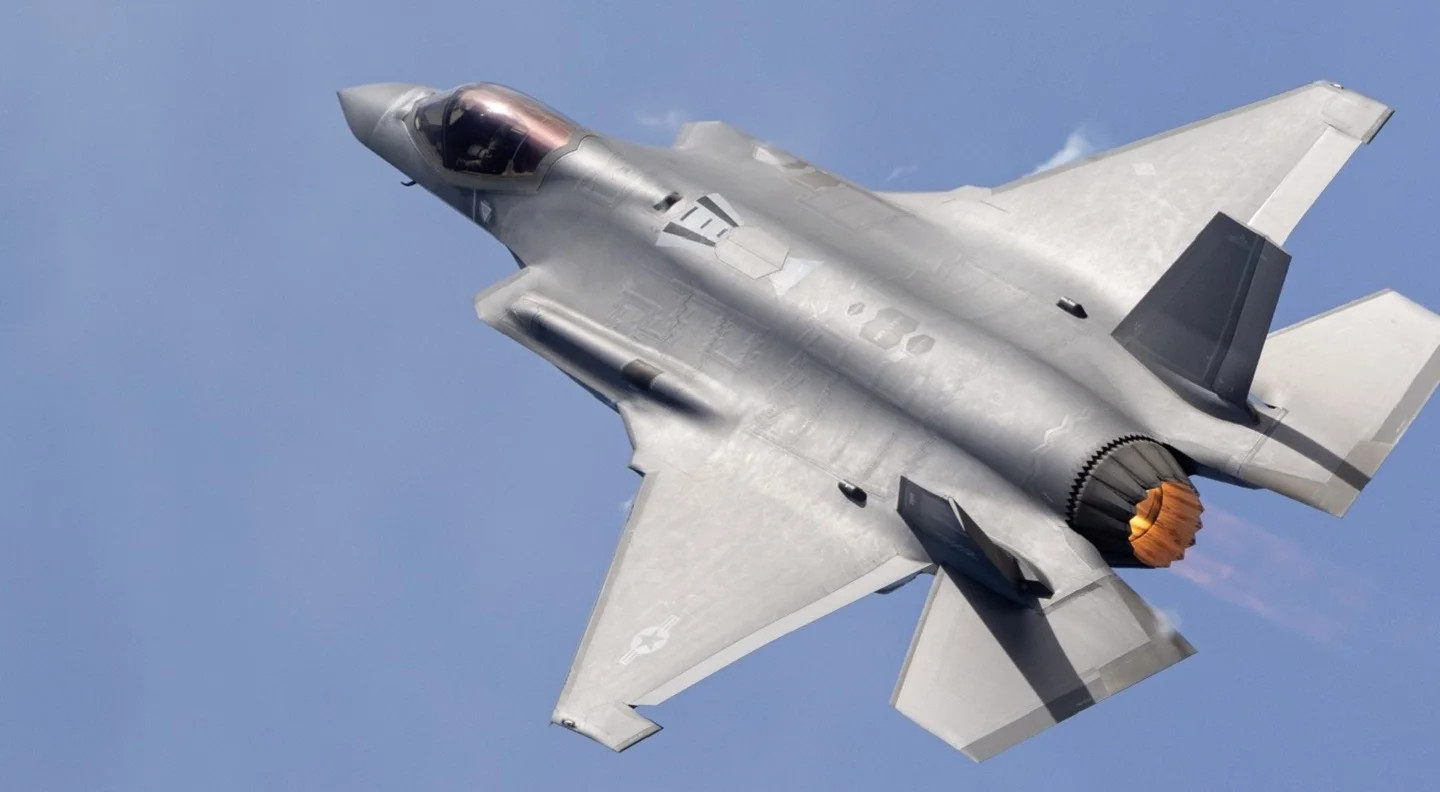
The F-35 fighter jet, a pinnacle of aeronautical engineering, is poised to dominate the skies with its stealthy brilliance. A recent $1.1 billion deal between the US DoD and Lockheed Martin has ignited the “site activation” process, sending waves across the globe. But as the F-35 takes flight, it casts a long shadow of concerns about its astronomical costs, development delays, and technological hurdles.
Unveiling the arsenal of the skies – A technological ballet
The F-35 fighter jet transcends mere aircraft classification. It is a sophisticated platform boasting a comprehensive suite of integrated sensors and next-generation weaponry, fundamentally changing the landscape of airborne combat.
The F-35 employs a cutting-edge sensor fusion system that seamlessly combines data from radar, infrared, and electronic warfare sources. This creates a unified, real-time picture of the battlefield, far exceeding the capabilities of traditional radar-based systems. Imagine unparalleled situational awareness, akin to having eyes that pierce through obstacles and ears that detect distant whispers. This enhanced understanding of the environment grants the F-35 decisive tactical advantages.
The price of precision: F-35’s astronomical cost
But beneath the dazzling spotlight of technological marvel, a dark, ominous shadow lurks: the F-35’s staggering cost. The Government Accountability Office paints a grim picture, revealing a budget overrun exceeding $183 billion and a timeline lagging by over a decade. These numbers ring like discordant notes in the symphony of success, raising concerns about sustainability and public scrutiny.
Battling the technical gremlins
The Block 4 upgrade, envisioned as a crucial evolutionary leap, promises to equip the F-35 with even more deadly weapons, sharper target recognition, and enhanced electronic warfare capabilities. But this ambitious choreography is plagued by development delays and concurrency issues, the technical gremlins threatening to throw the sytem out of sync.
The Technology Refresh 3 (TR-3) program adds another layer of complexity. Software delays, like clumsy stagehands tripping over wires, hold up aircraft deliveries and operational readiness. The domino effect is undeniable, each delay rippling through the program, disrupting the flow and eroding efficiency.
Can the F-35 outrun its shadow?
Despite the shadows of cost and technical hurdles, the Pentagon refuses to dim the F-35’s spotlight. A recent technical baseline review of Block 4 aims to identify and mitigate risks, a proactive attempt to regain control of the choreography. Investments in flight sciences aircraft and software labs promise to improve testing and development capabilities, laying the groundwork for a smoother, more graceful performance.
The future of the F-35 program hangs in the balance. Its success hinges on its ability to outrun the storm clouds of cost overruns, development delays, and technological glitches. Can it embrace the promise of a brighter, more efficient tomorrow, or will it remain grounded by the shadows of its own challenges?
